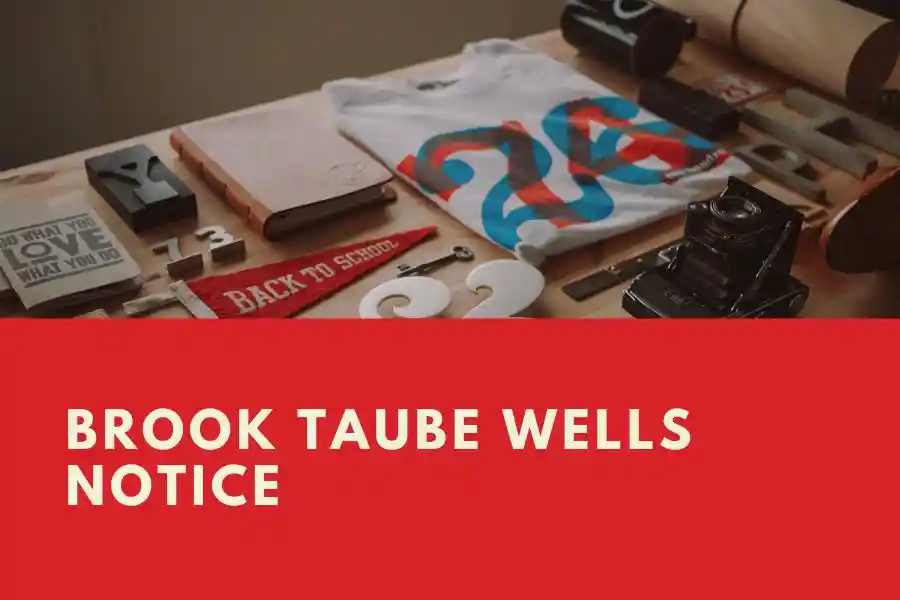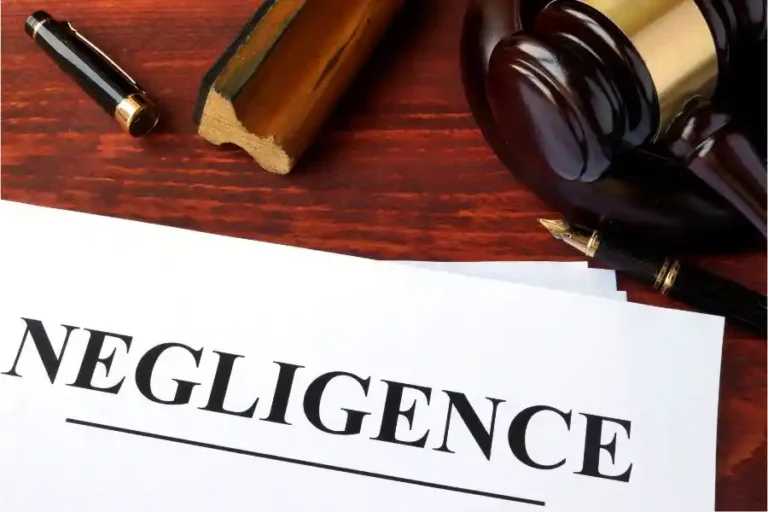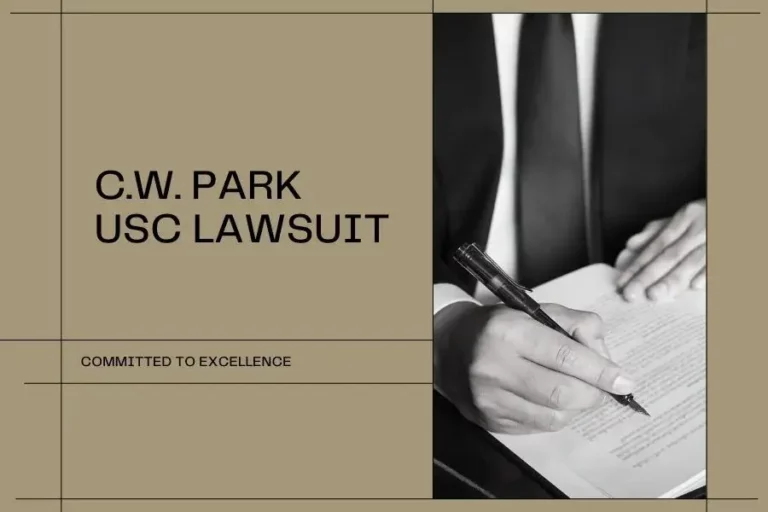Brook Taube Wells Notice: A Deep Dive into Regulatory Intricacies

Welcome to the regulatory intricacies where mentioning a Brook Taube Wells notice can send ripples through the corporate and investment landscapes. This article aims to dissect the nuances of Brook Taube Wells’s notices, delving into their core, navigating the regulatory labyrinth, and deciphering their profound implications for companies and investors. So, fasten your seatbelts for a comprehensive exploration into the world of Brook Taube Wells notices – an odyssey that promises enlightenment and clarity!
Unpacking the Brook Taube Wells Notice: A Regulatory Artifact
For those uninitiated, a Brook Taube Wells notice differs from your run-of-the-mill term. It’s a formal tool the Securities and Exchange Commission (SEC) wielded amid its investigative dance. The purpose? To notify individuals or entities that they’re treading on enforcement action turf.
Picture this – the SEC, suspecting a breach of securities laws initiates an inquiry. As investigators gather evidence, they ponder the gravity of the situation. If the stars align, a Brook Taube Wells notice is dispatched, signaling to the involved parties that they can state their case before any legal thunderbolt strikes.
Receiving such a notice is no trivial matter. It’s akin to a regulatory spotlight, illuminating actions or business practices under scrutiny. But here’s the crucial nuance – it’s not an immediate declaration of guilt. Instead, it’s an invitation to a regulatory tête-à-tête, a chance for the accused to present their side and potentially avert legal cataclysm.
Now, armed with the basics, let’s journey deeper into the labyrinthine regulatory landscape and uncover how businesses maneuver this delicate terrain, shedding light on the implications for companies and investors.
Navigating the Regulatory Abyss: A Ballet with Brook Taube Wells Notices
In regulations, a Brook Taube Wells notice isn’t just a paper slip; it’s a precursor to potential storm clouds. Issued by the SEC, this notice signifies the intention to recommend civil action against entities accused of violating securities laws. What unfolds next is a delicate dance through regulatory hoops.
When a company or investor finds themselves in the crosshairs of a Brook Taube Wells notice, the first move is a strategic pirouette toward seasoned legal counsel. These legal maestros, well-versed in securities laws, become the guiding force. They evaluate allegations, orchestrate evidence, and craft responses that could sway the regulatory jury.
Why the meticulous dance? Because the stakes are high. Mishandling the situation can tarnish reputations, incur financial penalties, and, in extreme cases, lead to criminal charges. During this regulatory pas de deux, the key is a delicate balance – cooperation with regulators while safeguarding one’s interests.
Companies must address underlying issues highlighted in the notice, demonstrating a commitment to compliance. On the other hand, investors should seek expert advice to fathom potential impacts on their portfolios.
Success in this regulatory ballet demands attention to detail, strategic choreography, and eloquent communication, all choreographed by the ever-watchful legal counsel.
Implications Unveiled: Brook Taube Wells Notices and Company Fortunes
When the regulatory spotlight shifts to companies, a Brook Taube Wells notice isn’t just a tap on the shoulder; it’s a seismic event with far-reaching implications.
Reputation Takes the Stand: A Brook Taube Wells notice isn’t a clandestine affair. News of potential enforcement action travels swiftly, casting shadows on a company’s reputation. Negative perceptions about compliance standards can repel potential clients and thwart partnerships.
Regulatory Scrutiny Intensifies: The SEC doesn’t stop at a mere notice. Expect deeper dives into operations and financial records, potentially disrupting business as usual. Shareholders and investors may hesitate to engage once the regulatory clouds dissipate.
Financial Ripples: Responding to a Brook Taube Wells notice isn’t cost-free. Legal expenses can mount, diverting resources from crucial initiatives. If enforcement action materializes, monetary consequences in the form of penalties can inflict lasting wounds on a company’s financial health.
A Double-Edged Sword: Yet, amidst the challenges lies an opportunity. This crucible prompts companies to reevaluate internal controls and compliance protocols, emerging more robust and resilient, irrespective of the final regulatory decree.
Investors in the Crossfire: The Impact of Brook Taube Wells Notices
In the intricate tapestry of investments, a Brook Taube Wells notice isn’t just a regulatory note; it’s a seismic wave impacting individual investors and institutional giants.
Investor Jitters: Picture an investor receiving news of a Brook Taube Wells notice about one of their investments—cue unease. Questions about fines, lawsuits, and regulatory actions flood the mind. The result? Increased risk aversion, potentially triggering a selloff and capital relocation.
The Ripple Effect on the Market: The mere existence of a Brook Taube Wells notice isn’t a silent affair. It reverberates in the market, creating uncertainty that can deter new investors. The shadow of legal troubles can dissuade even the most intrepid from entering a seemingly volatile space.
Institutional Balancing Act: Institutional investment firms aren’t immune. The impact on portfolios and client investments demands a careful evaluation. Fiduciary duties come to the forefront, prompting a strategic reassessment of investments associated with Brook Taube Wells notices.
Information isn’t just power in the realm of investments; it’s the essence of decision-making. Stay informed, forgo speculation, and let knowledge guide investment choices.
FAQs
What is a Brook Taube Wells Notice?
A formal SEC communication notifying individuals or companies of an ongoing investigation for potential securities law violations. A precursor to possible enforcement action.
How does a company receive a Brook Taube Wells Notice?
They are typically issued when the SEC detects evidence of wrongdoing, outlining specific allegations and providing a chance for the company to respond before formal charges.
What should companies do if they receive a Brook Taube Wells Notice?
Seek legal counsel promptly, review allegations, gather relevant documents, and prepare a comprehensive response addressing each raised issue.
Can a Brook Taube Wells Notice impact investors?
Absolutely. News of an SEC investigation revealed through a Brook Taube Wells notice can diminish investor confidence, leading to stock price declines or difficulties attracting new investments.
Do all investigations after receiving Brook Taube Wells notices result in enforcement actions?
Not necessarily. While a notice indicates the need for further examination, it doesn’t guarantee subsequent enforcement actions. It’s a signal for a deeper dive into potential securities law violations.
Conclusion
A Brook Taube Wells notice emerges as a pivotal note in the grand symphony of regulatory complexities. It’s a call to the regulatory stage for companies, demanding a nuanced dance to safeguard reputation and financial health. Investors, too, find themselves amid this regulatory ballet, where knowledge becomes the ultimate weapon against uncertainty.
As we conclude this exploration, the resounding message is clear – a Brook Taube Wells notice isn’t a death knell; it’s a call to arms—an opportunity for introspection, improvement, and a reaffirmation of commitment to regulatory compliance. Companies and investors alike, armed with knowledge and guided by seasoned counsel, can navigate these turbulent seas with poise, emerging more robust on the other side. If you also want to read about Geöe then visit that post.





